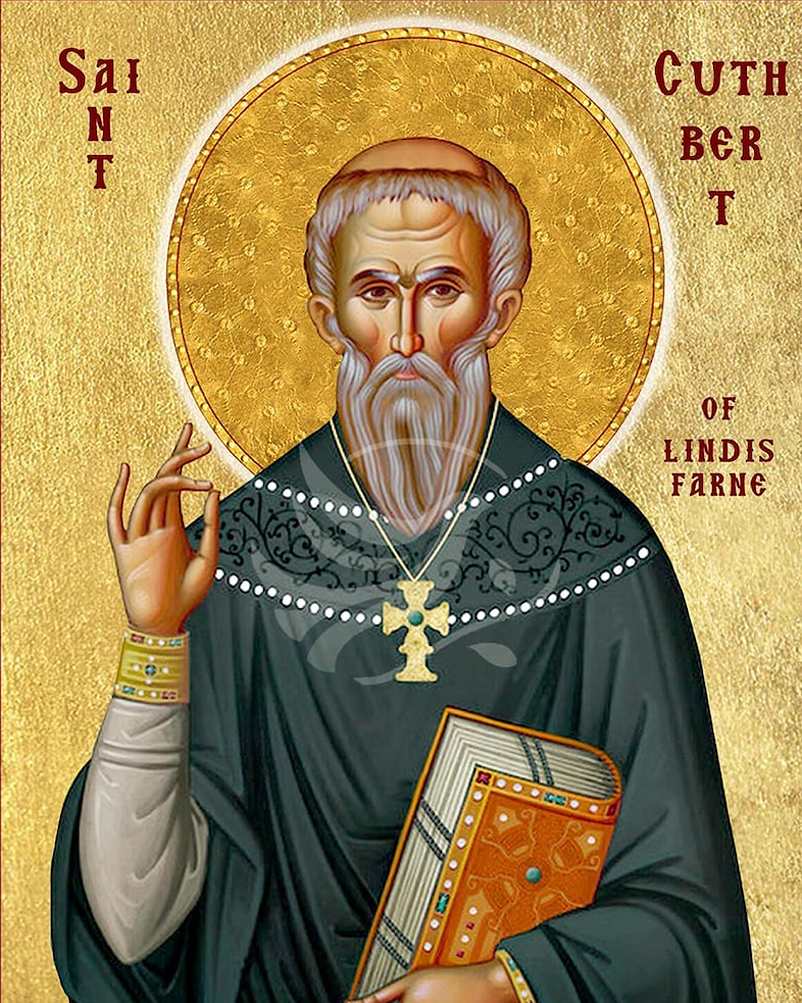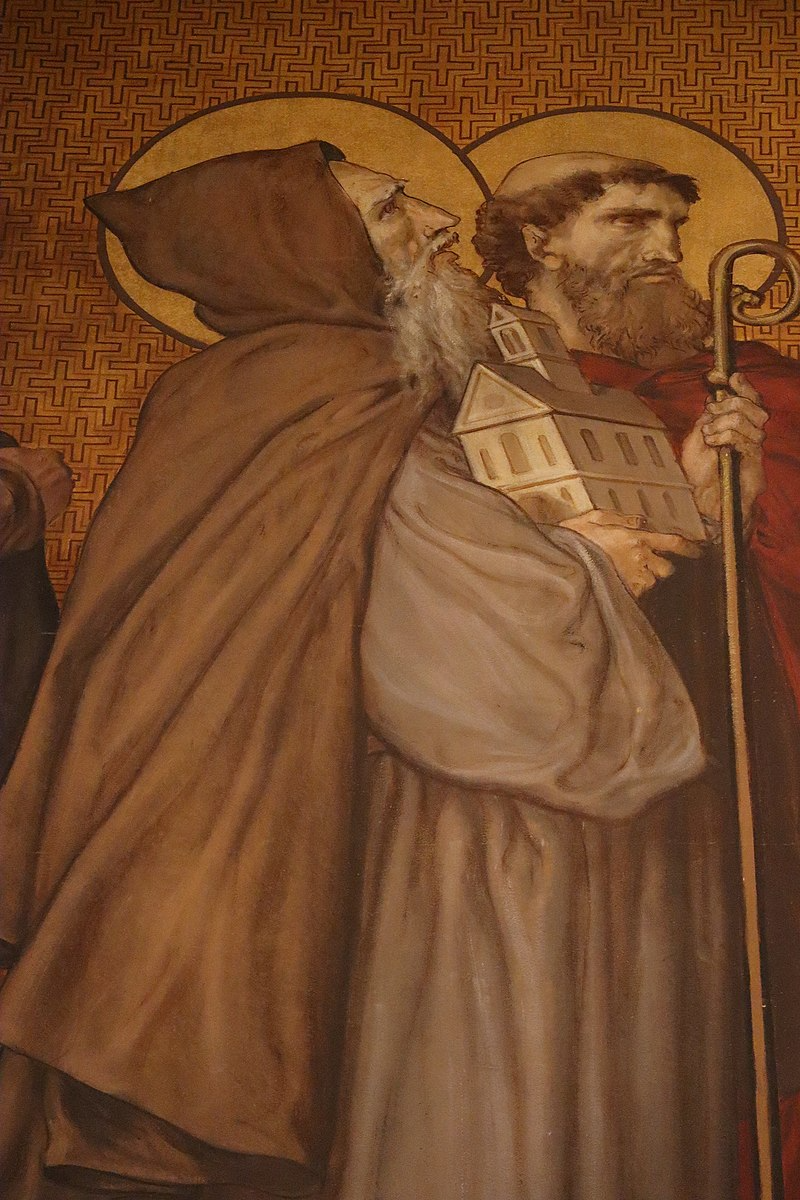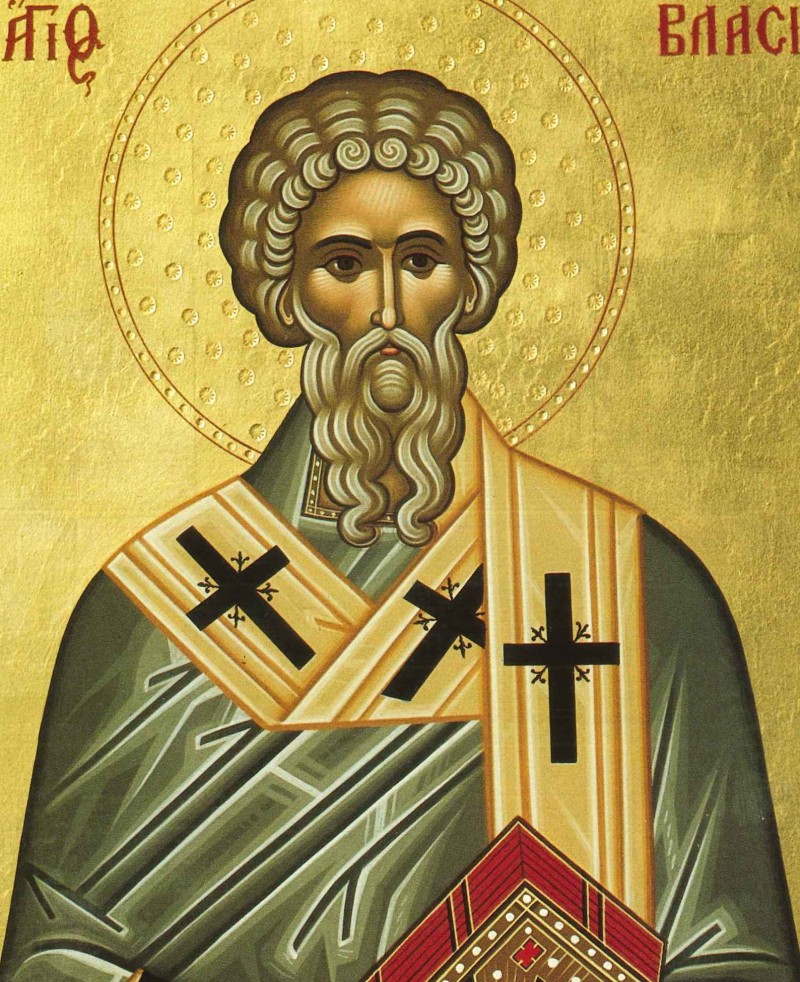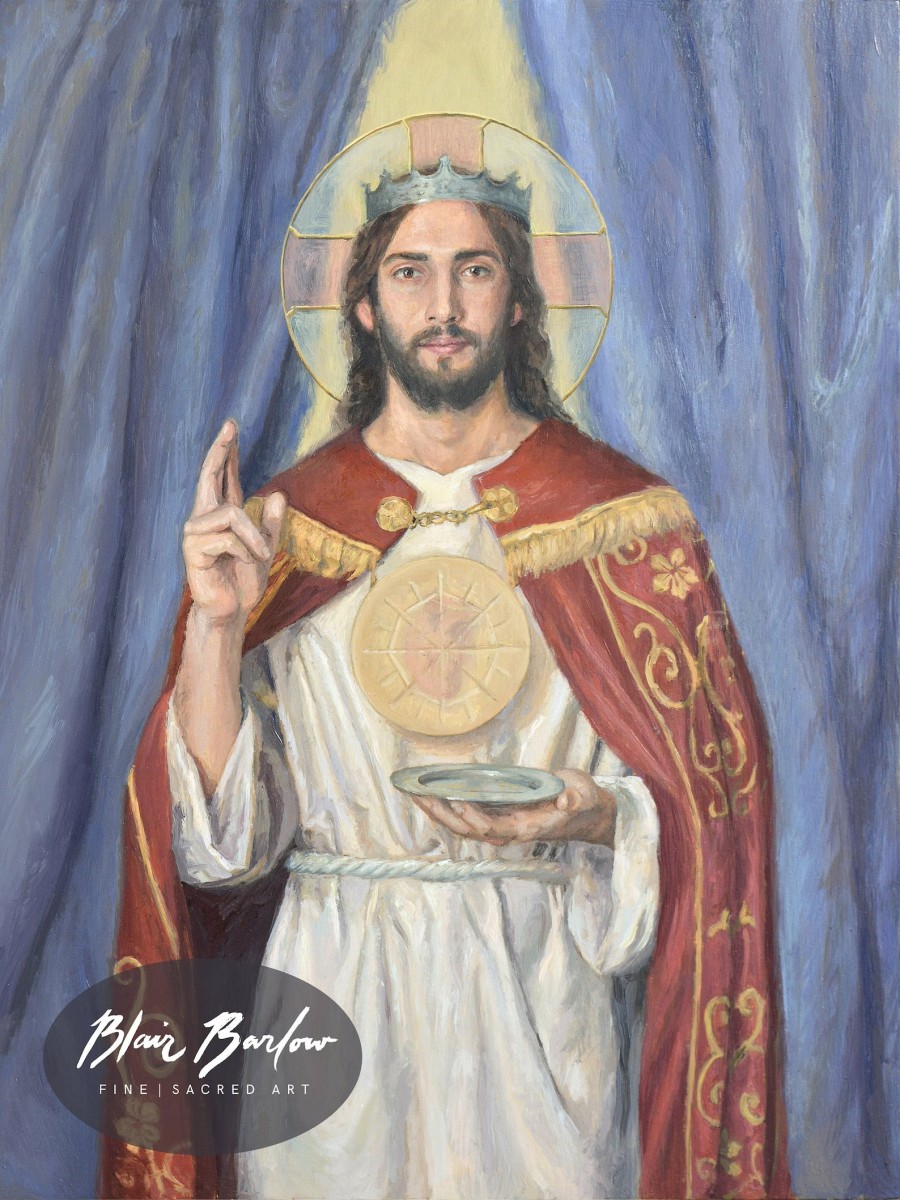Let’s Meet Some Super-Cool English Saints!

Saint Cuthbert of Lindisfarne (otters loved him! see below)
If you’re bored by reality TV (and who isn’t), then learn of our ancient saints instead. Their stories are far more interesting than watching people walk from the bathroom to the bedroom (Big Brother) or deceiving each other (The Traitors).
Reading about real English saints and their miracles and histories, is not only wonderfully interesting, but also inspiring for us to all ‘do better!’
You can take an ancient pilgrimage on the Northern Saints Trails. These six routes cover County Durham and Northumberland (including the island of Lindisfarne). England used to be a Roman Catholic country until the Reformation when Henry VIII banned it, so he could divorce. Many monks and nuns were killed.
Saint Cuthbert: The First Environmentalist Saint!

Northumberland’s local boy Saint Cuthbert was regarded as the world’s first religious environmentalist. He guarded sheep, and campaigned for the welfare of eider ducks.
Craving isolation, he lived on the island of Inner Farne, after serving as Bishop of Lindisfarne. After he died, his body was taken back to Lindisfarne, where the many claimed miracles at people who prayed by his grave, led to him being declared a saint.
It’s said that otters would dry his fur, after he’d gone for a swim! And that he became a monk after witnessing angels carrying St Aidan (the monastery’s abbot) to Heaven.
Lindisfarne is a small island off the coast of Northumberland, only around 200 people live there, but 650,000 yearly tourists. Just 3 by 1.5 miles, the mudflats that separate it from the mainland are protected nature reserves.
Keep dogs away from sand dunes (due to birds and seals). Also check the tide times, as stranded people in cars have to be rescued. Read more on tidal causeways and keeping dogs safe by the seaside.
The Interesting History of Saint Aidan

In 635AD, Lindisfarne is where St Aidan came to found his monastery. He was a well-travelled monk who was from Ireland and had already lived as a monk on the Isle of Iona in the Scottish Highlands.
He learned English (he spoke Gaelic) and died in Bamburgh on the Northumbrian coast. He is now known as the one who converted all the Northumbrian heathens to Christianity!
There is a lovely story about St Aidan, in that he made a stag invisible, so it would not been seen by hunters. Wouldn’t that be lovely if someone could do that today?
Another saint associated with this tiny island is St Eadberht (a bishop who is now buried in Durham cathedral).
Get to Know the Cornish Saints!

Saint Austell took its name from a 6th-century Cornish saint, Austol (above right), who was a disciple of the Welsh Celtic Saint Mewan (above left), who lived in the 6th century. He travelled to Cornwall and Brittany with St Austell to spread the word of Christianity, before moving to France, where he established monasteries. The two saints remained good friends, and died within a week of each other.

Saint Blaise, an Armenian bishop from the fourth century, became a local hero. Legend says he healed those with throat problems and even animal diseases, often with miraculous results. People travelled far, hoping for cures or blessings.
Over time, St Blazey adopted his name and a unique tradition: every February, locals would visit church to have their throats blessed, a ritual that still lingers in village memory.
Saint Blaise also served as the protector of animals, which fit the rural life in Cornwall. Stories say livestock owners would bring sick animals to the parish seeking protection and healing.
St Albans: A City with its Own Patron Saint

St Alban’s is a beautiful small city, with its own patron saint, who lived around 305 AD. A former pagan, a priest who he sheltered made such an impression, he converted himself.
He is recorded as the first-ever Christian martyr (killed for his faith) and is apparently the patron saint of converts and torture victims. His prayer is often still said today:
I worship and adore the true and living God, who created all things’.
There is a story that St Alban’s execution was delayed, as the fast-flowing river that he could not cross dried up, allowing him to escape. When he was eventually beheaded, his head rolled down a hill and a spring immediately created fresh water.
The executioners were so surprised, they began to revere him as a saint, and the well still stands today at Holywell Hill. How can any reality TV compete with that?
Ely: Saint Etheldreda (and a very long cathedral)

Cambridge may get all the headlines, but the city of Ely is equally as beautiful. And known for having one of the longest cathedrals in England (known as ‘the ship of the Fens’). The cathedral stands on a site that used to house a monastery, founded by Saint Etheldreda (called ‘Audrey for short!), a 7th century princess who gave up royal comfort, a life of faith.
King Edgar the Peaceful (!) also played an important role in the city’s history, ruling in the 10th century. After many years of turmoil, he gave land and money to Audrey to help rebuild her abbey. This turned the area into a place of power and wealth, which brought new money to build more majestic buildings. Thank you Audrey and Edgar!
Working-Class Roots: Ely and Littleport Riots
Not all of Ely’s history comes from royalty and saints. In 1816, local riots (due to unemployment, falling wages and high food prices) led to many people living on little more than gruel and water. While the Prince Regent (George V) was spending lavishly on multi-course banquets and spending hundreds of thousands of pounds, on redecorating Brighton Pavilion.
Things turned ugly with rioters even ransacking homes of innocent farmers, and magistrates promised a cap on the price of wheat, if things turned down. However, some riots continued, and some were publicly hanged (and buried in unmarked graves).
The King was known for his selfish lavish lifestyle, named by English Heritage as ‘Britain’s most useless monarch’. He amassed massive debts at the public’s expense, including remodelling Buckingham Palace and rebuilding Windsor Castle.
He also had many mistresses, and fathered several children outside his marriage. Nevertheless, despite always preferring ‘a girl and a bottle to politics and a sermon’, he repented his ways when dying. And actually became very devout, asking his subjects for forgiveness, for wasting his good fortune.






